PROJECT
From the end of July until half September 2016, our team of seven MSc. Students Civil Engineering at the Delft University of Technology, will work on a multidisciplinary project in Georgetown, Guyana. Here you can read all about our project.
THE PROBLEM
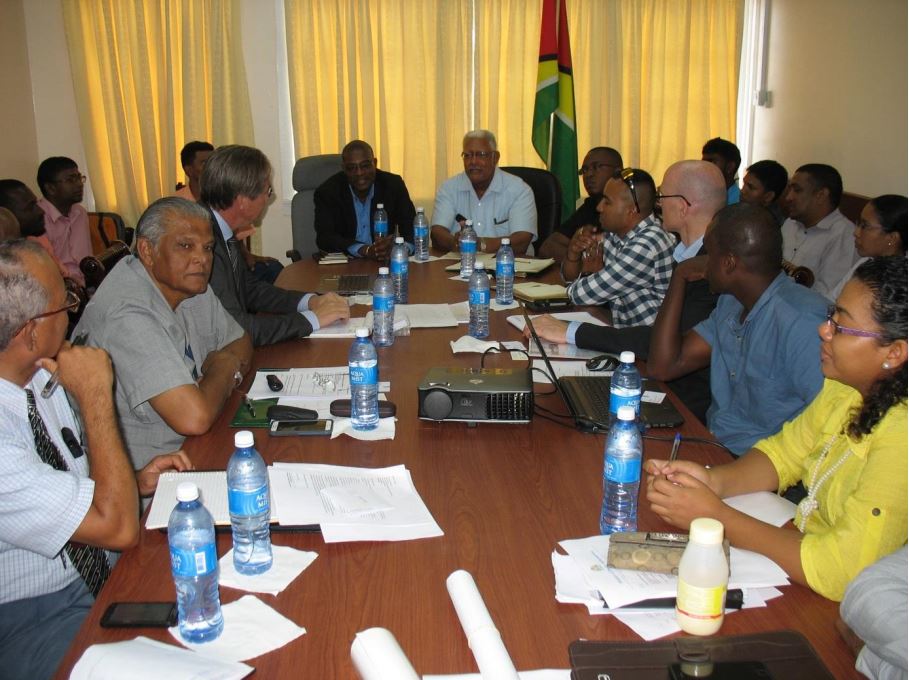
In July 2015 Guyana suffered from a series of extreme rainfall. This led to serious flooding and an overall damage estimated around 90 million euro. Regarding these events the Guyanese government asked the Dutch government for support in this water related issue. In response the Dutch Risk Reduction (DRR) team was formed, as part of the Dutch Water Partnership program. This team consisted of three Dutch experts in the field of hydraulic engineering. The team visited Georgetown in November 2015.
During this visit they observed the problems in the area and took interviews. The DRR-team made a report based on all the information in which seven recommendations were included. These recommendations give advice on how to manage the drainage system in a proactive and broad implemented manner. However in order to execute these recommendations a big investment has to be made. Therefore the DRR-team advised to let a team of civil engineering students elaborate these recommendations first.
THE PLAN
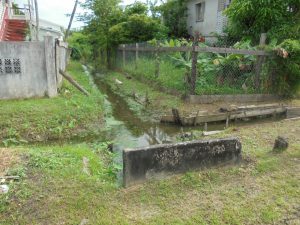
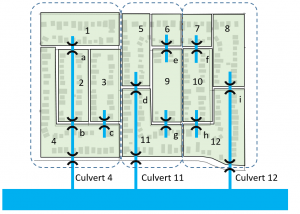
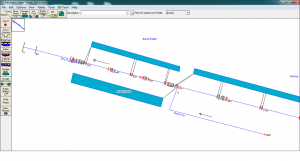
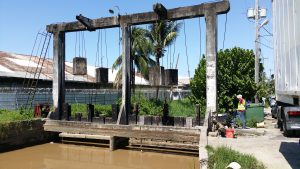

During the project our team will work from the capital Georgetown to collect the necessary data and to get an insight into the mentioned issues. Support during our project will be provided by local engineers of the ministry of Public Works and the ministry of Agriculture of Guyana. Also a close connection will be maintained with the DRR-team itself and the personnel of Delft University of Technology to discuss our progress and results.
Our team will be advised by Han Winterwerp, lecturer morphology at DUT, who visited Georgetown for several work related visits and is quite familiar with the country. Other lecturers will also assist our project for different goals, such as the setting up of the model and the preparations of the field measurements.
